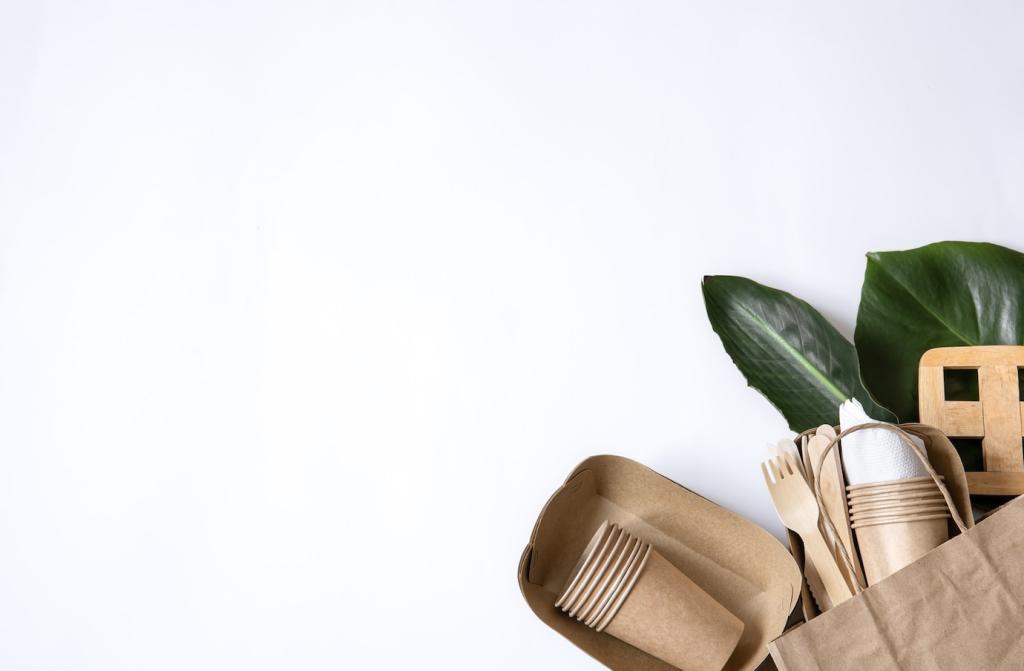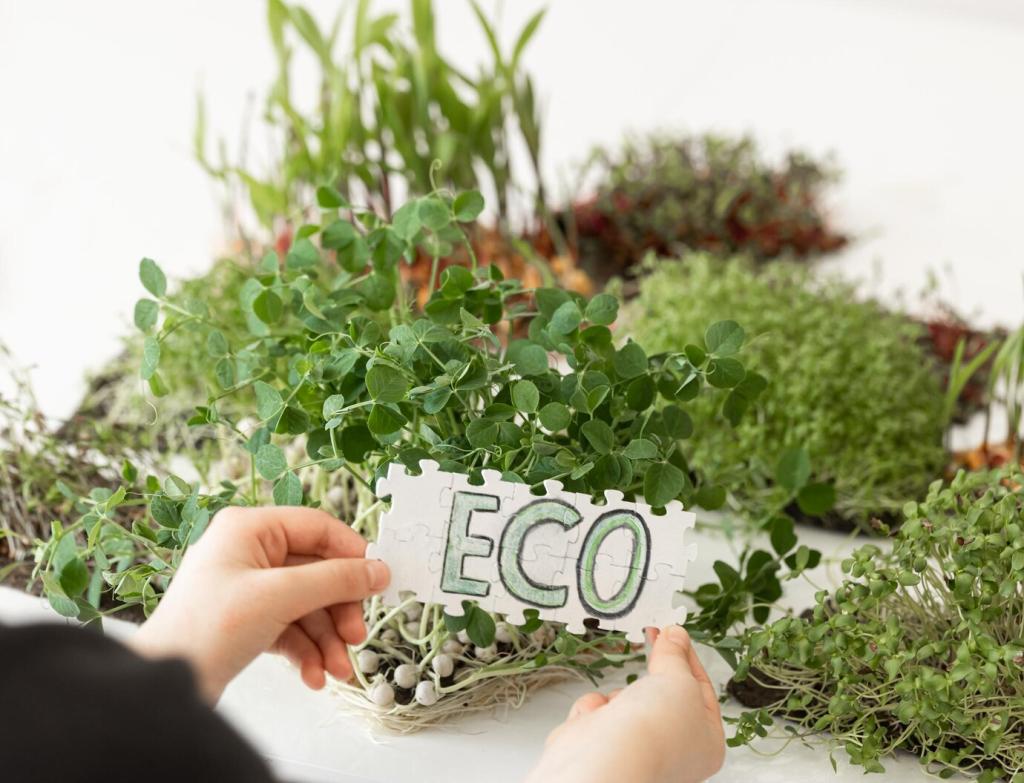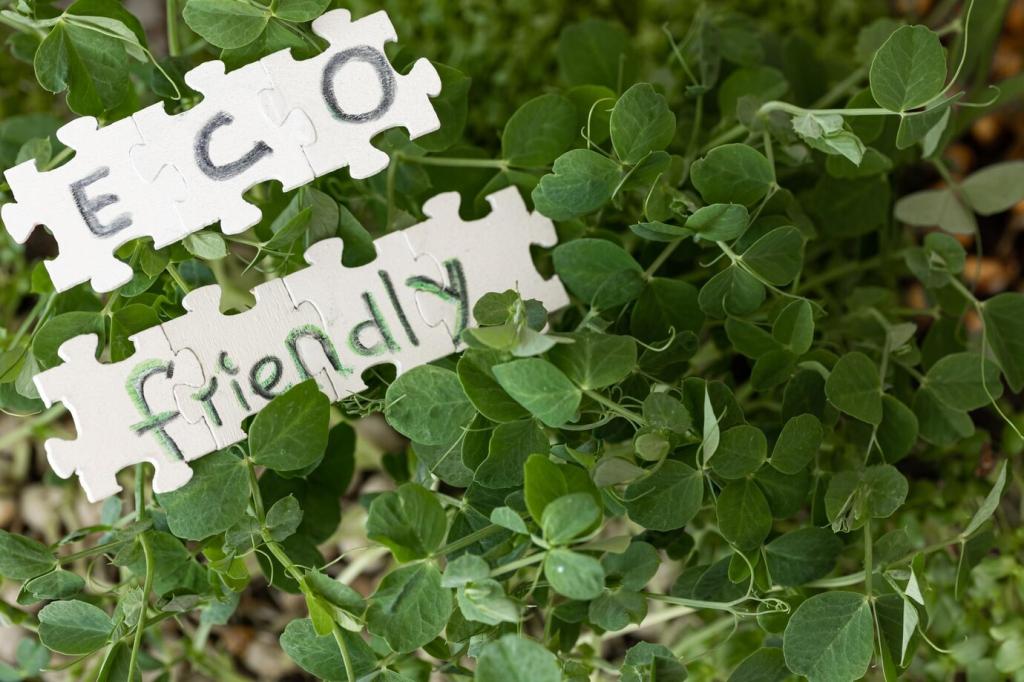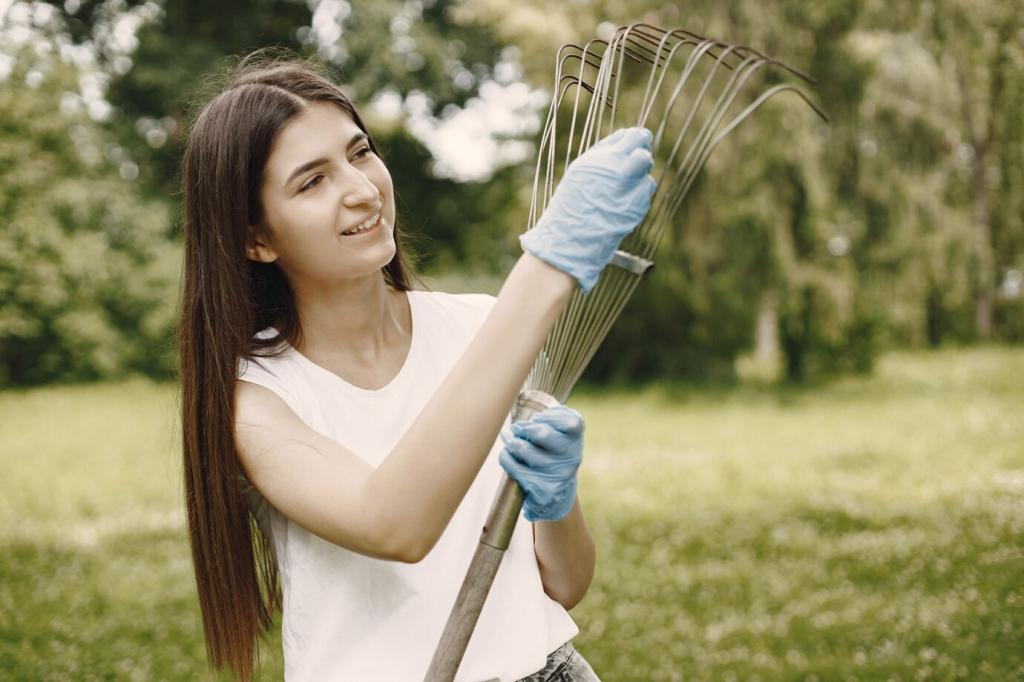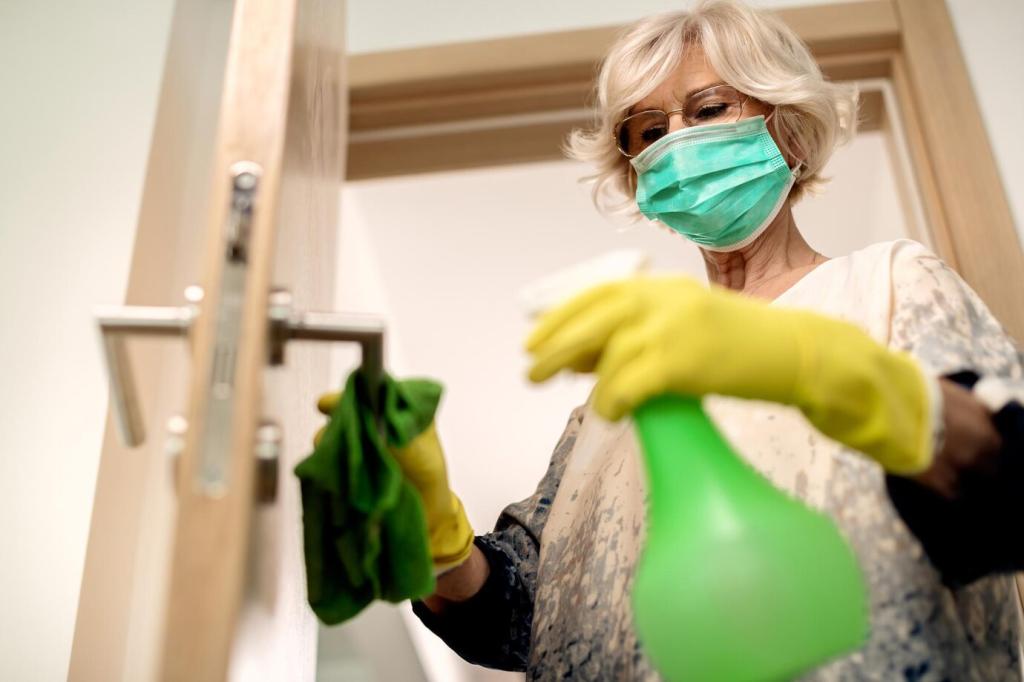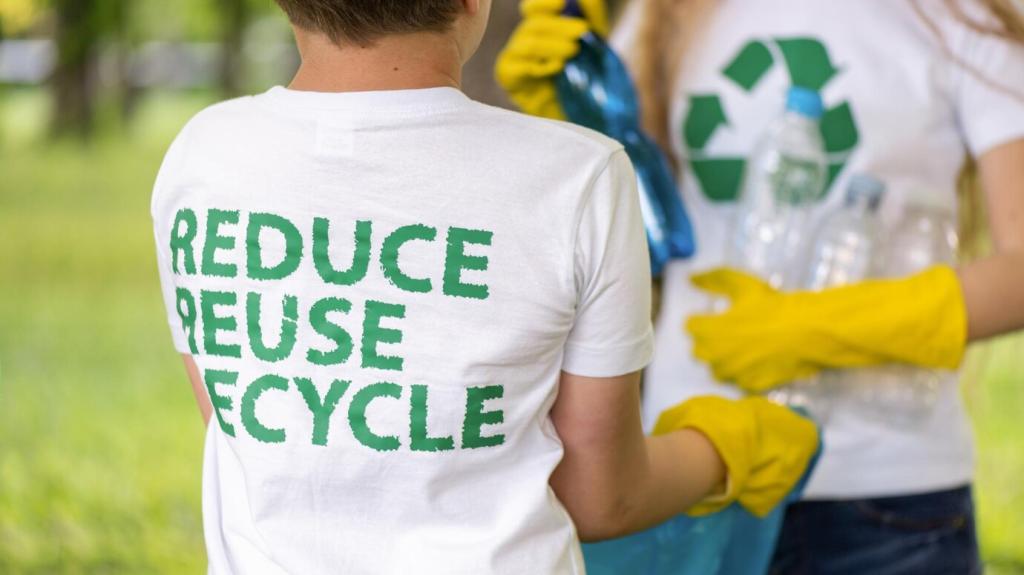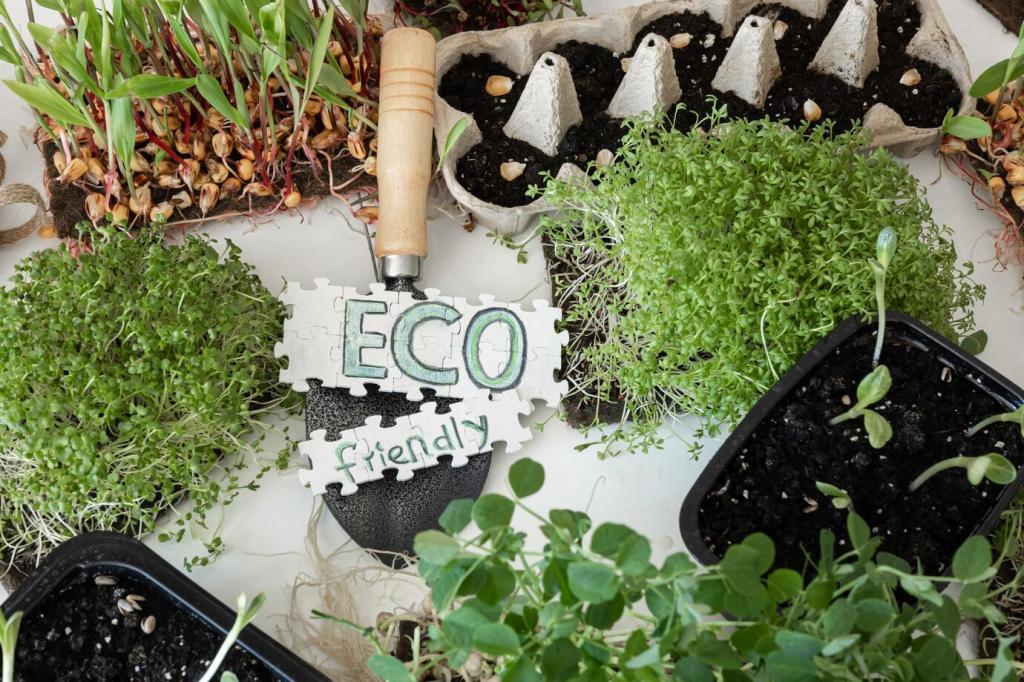Low-Waste Tools and Routines
Stock two amber-glass spray bottles, a gentle plant-based concentrate, labeled jars for homemade recipes, a tampico fiber brush, and soft cloths. Add a funnel, measuring spoon, and laundry bag for cloth care. This compact kit tackles everyday messes without clutter or single-use plastic overload.
Low-Waste Tools and Routines
Concentrates are powerful; precision saves money and finishes. Try about 1:50 for routine dusting and 1:10 for stubborn grime, adjusting as needed. Measure consistently, keep notes on what works for each piece, and you’ll minimize waste, rinsing, and the risk of film or streaks.


